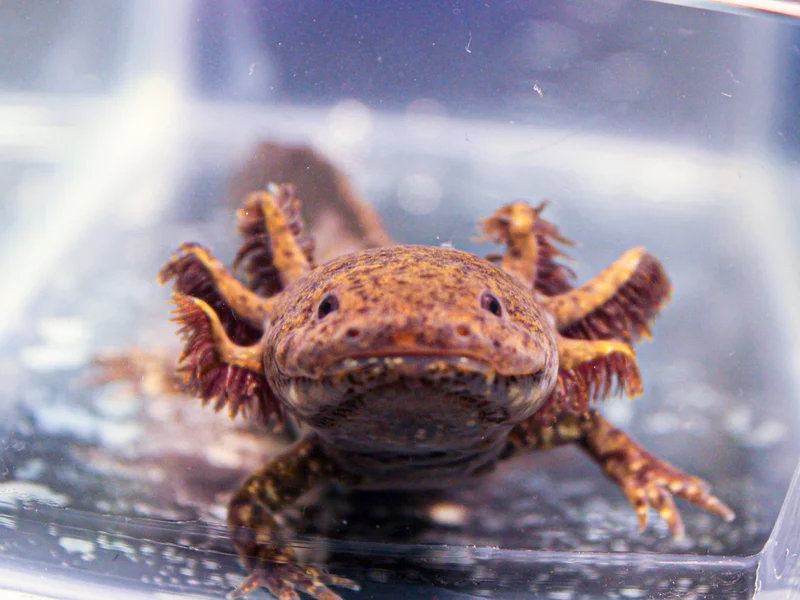Just over two decades ago, Lake Xochimilco in Mexico City boasted approximately 6,000 of these diminutive salamanders per square kilometer. However, the latest count from 2014, overseen by ecologist Luis Zambrano as part of the axolotl census, revealed a stark decline, with only around 36 axolotls per square kilometer.
“It’s gotten worse. They’re not completely extinct, but it’s worse,” lamented Zambrano, who is affiliated with the National Autonomous University of Mexico.
Despite this decline, these charming creatures have paradoxically surged in popularity, propelled by social media and the virtual realms of the video game Minecraft. While their real-world numbers have dwindled, axolotls have experienced a surge in demand in pet stores, a phenomenon directly influenced by their newfound online celebrity status.
Now, Zambrano’s team is banking on the newfound global popularity of axolotls to spearhead efforts in saving the species from extinction.
Recently, the National Autonomous University initiated a renewed campaign for virtual adoption of axolotls. This initiative allows donors to personally name their salamander and receive an adoption certificate. Furthermore, contributors have the option to support by funding an axolotl’s meal or its habitat.
Proceeds from this fundraising endeavor will be directed towards conservation initiatives aimed at bolstering the species’ population in the wild. A similar campaign launched last year successfully raised nearly $30,000, sufficient to sustain approximately 40 refuges. However, Zambrano emphasizes that for axolotls to regain a robust population, they require ten times that amount in support.
The primary threat to axolotls stems from human activities. The expanding population of Mexico City has led to the depletion of Lake Xochimilco, a vital habitat for the majority of the world’s axolotls. Urbanization has adversely affected water quality in the wetland, contributing to the illness of axolotls.
“It’s a slow death, basically,” remarked Zambrano.
Additionally, the presence of fish such as carp and tilapia, which consume axolotl eggs and compete for resources, exacerbates the challenges faced by these amphibians.
Zambrano believes that the aquatic refuges established through the campaign can be a game-changer for axolotls. These sanctuaries, created by implementing filters in Lake Xochimilco’s canals, are free from pests and maintain superior water quality compared to the rest of the wetland.
Beyond their internet popularity, axolotls play a crucial role in enhancing water quality and have been cherished in Mexican culture since the time of the Aztecs.
Axolotls, characterized by their remarkable ability to regenerate tissue and stay perpetually young, remain a biological marvel. According to Zambrano, scientists have only scratched the surface in understanding the full significance of axolotls.
While the knowledge of how to protect the species and where to implement conservation efforts is available, Zambrano emphasizes the need for societal concern. He stated, “We know what to do. We know where to do it. And we know that if we do that in those places, we will have a healthy population of axolotls. But if society doesn’t care too much, it doesn’t matter what we know. It will go extinct.”
